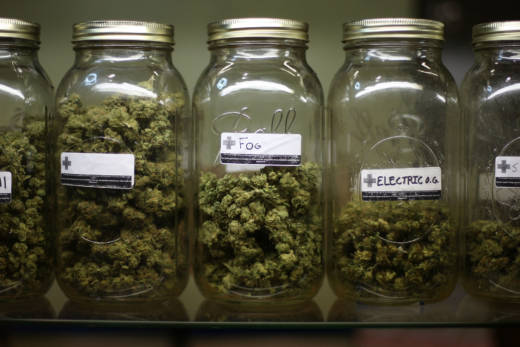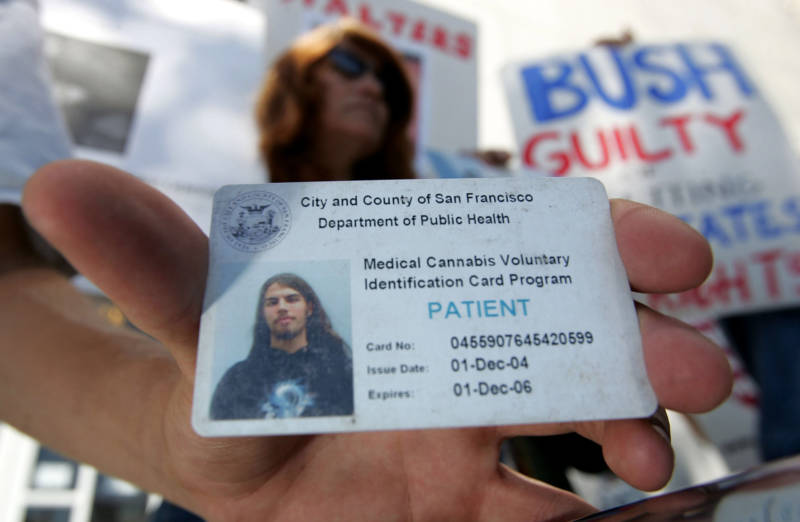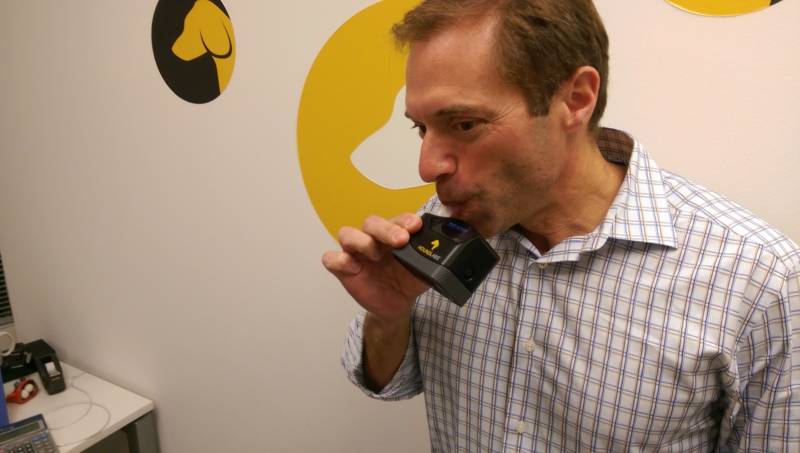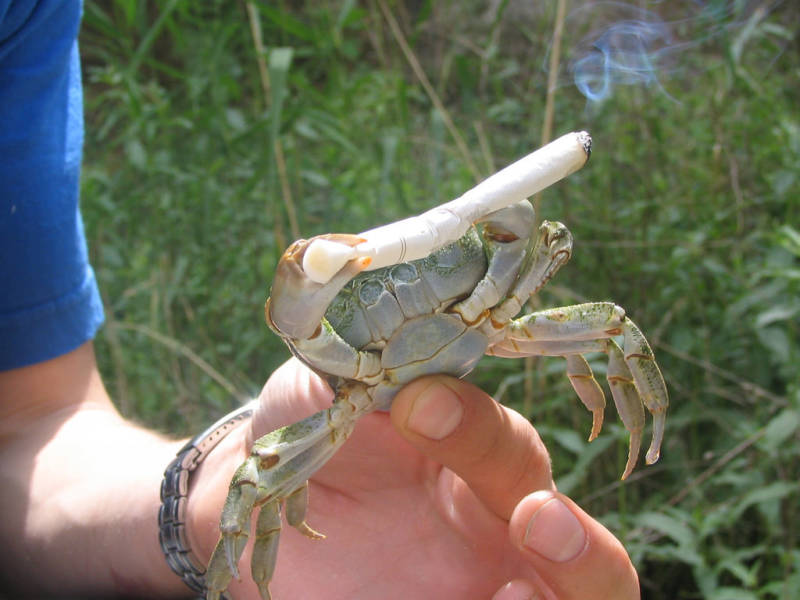On Jan. 1, it will become legal for adults 21 and older to buy and sell recreational marijuana in California. In anticipation, Bay Curious is answering a bunch of your questions about commercially available marijuana.
Where will I be able to buy recreational marijuana on Jan. 1?
Proposition 64, the ballot initiative that legalized recreational marijuana in 2016, gave cities and counties the power to decide whether adult-use marijuana could be available in their areas. A number of municipalities have banned recreational sales. For those who have approved it, they still need to work out their own regulations and licensing processes — meaning that some places won’t be ready to roll out right away.
Here’s what you can expect in the state’s 10 biggest cities:
Green light:
- San Jose: 16 currently registered medical dispensaries will be allowed to sell recreationally on Jan. 1.
- Oakland: Any of the city’s licensed medical dispensaries will be able to sell recreationally on Jan. 1 with the proper state license.
- San Diego: 15 existing medical dispensaries and two new businesses are approved to sell recreationally on Jan. 1 with the proper state license.
- Sacramento: Any of the 30 existing medical dispensaries that complete permitting requirements will be able to sell recreationally on Jan. 1.
Yellow light:
- San Francisco: Businesses with necessary licenses can start operating on Jan. 6.
- Santa Rosa: The City Council passed final regulations this week, and businesses are expected to be able to start operating on Jan. 19.
- Los Angeles: Existing medical dispensaries will be able to start applying for adult use licenses on Jan. 1.
Red light:
- Long Beach: A 180-day temporary ban on adult-use sales went into effect on Nov. 14. City officials are working on legislation that would allow for recreational sales by June 2018.
- Bakersfield: The City Council banned all commercial cannabis activities.
- Anaheim: The City Council banned all commercial cannabis activities.
Will jobs that drug-test employees still screen for marijuana after it’s been legalized?
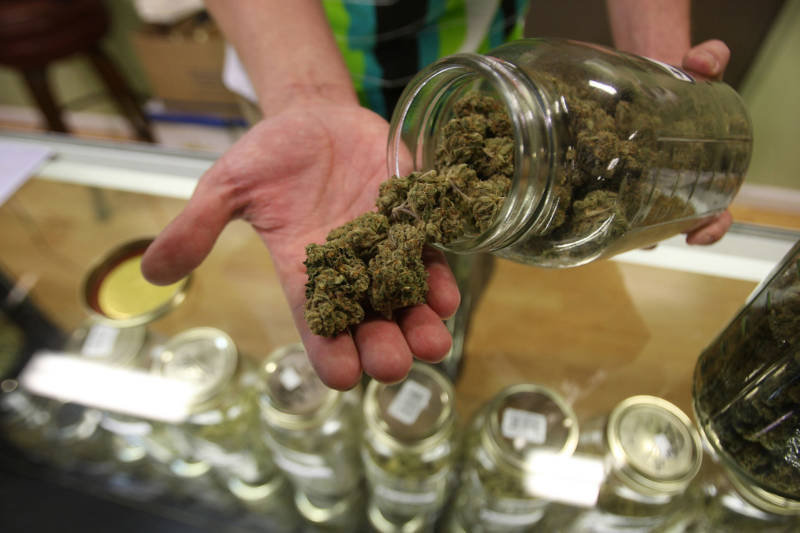
Yes. Part of Proposition 64 specifically amends the state’s health and safety code, making it clear that employers can still ban their employees from using marijuana:
The rights and obligations of public and private employers to maintain a drug and alcohol free workplace or require an employer to permit or accommodate the use, consumption, possession, transfer, display, transportation, sale, or growth of cannabis in the workplace, or affect the ability of employers to have policies prohibiting the use of cannabis by employees and prospective employees, or prevent employers from complying with state or federal law.
Before Proposition 64, the California Supreme Court upheld the right of companies to fire employees for using physician-recommended marijuana even when they are not working, so recreational users aren’t likely to get any better treatment.
